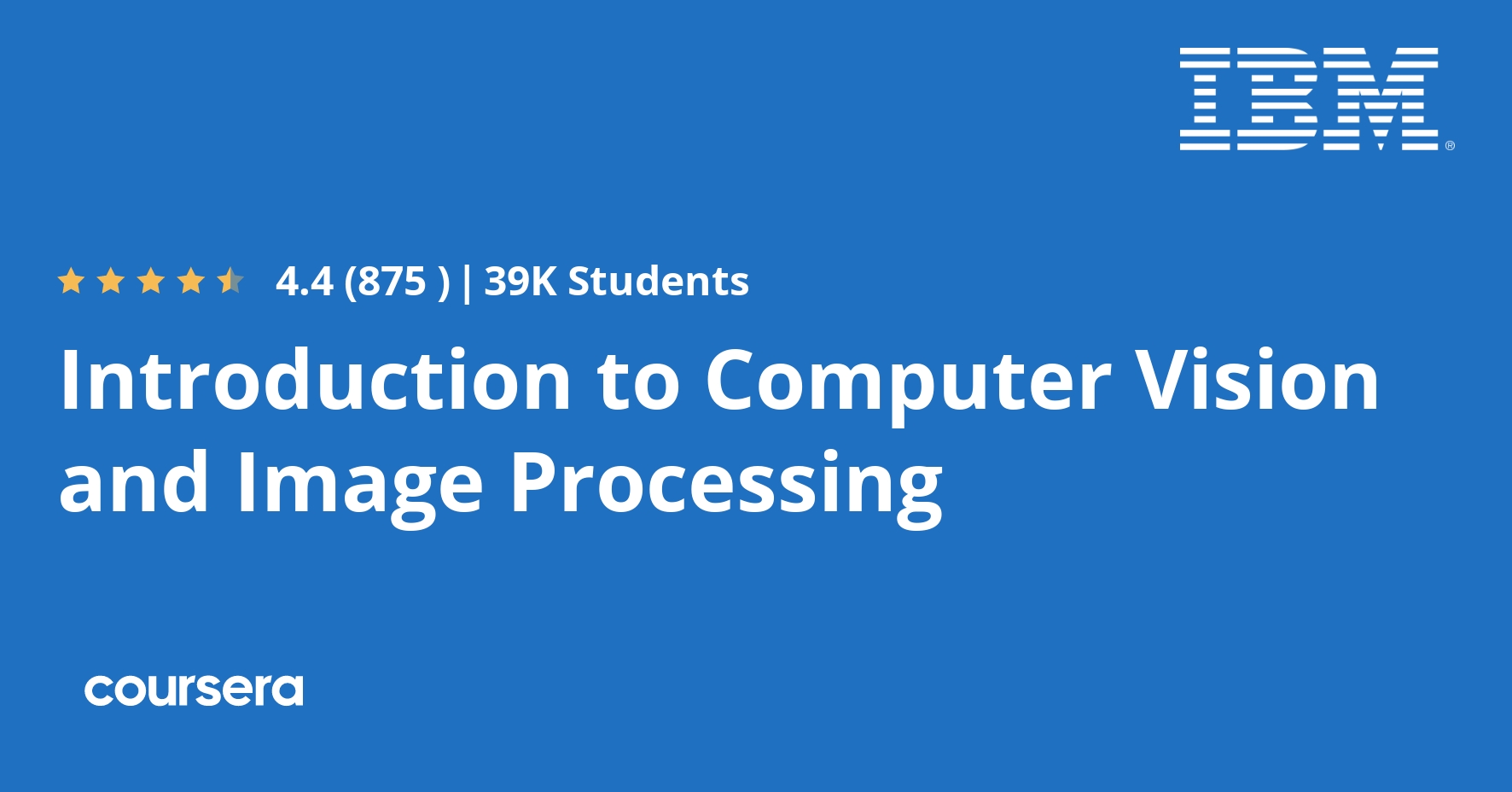Description
Computer Vision is one of the most exciting fields in Machine Learning and AI. It has applications in many industries, such as self-driving cars, robotics, augmented reality, and much more. In this beginner-friendly course, you will understand computer vision and learn about its various applications across many industries.
As part of this course, you will utilize Python, Pillow, and OpenCV for basic image processing and perform image classification and object detection.
This is a hands-on course and involves several labs and exercises. Labs will combine Jupyter Labs and Computer Vision Learning Studio (CV Studio), a free learning tool for computer vision. CV Studio allows you to upload, train, and test your own custom image classifier and detection models. At the end of the course, you will create your own computer vision web app and deploy it to the Cloud.
This course does not require any prior Machine Learning or Computer Vision experience. However, some knowledge of the Python programming language and high school math is necessary.
What you will learn
Introduction to Computer Vision
In this module, we will discuss the rapidly developing field of image processing. In addition to being the first step in Computer Vision, it has broad applications ranging anywhere from making your smartphone’s image look crystal clear to helping doctors cure diseases.
Image Processing with OpenCV and Pillow
Image processing enhances images or extracts useful information from the image. In this module, we will learn the basics of image processing with Python libraries OpenCV and Pillow.
Machine Learning Image Classification
In this module, you will Learn About the different Machine learning classification Methods commonly used for Computer vision, including k nearest neighbours, Logistic regression, SoftMax Regression and Support Vector Machines. Finally, you will learn about Image features.
Neural Networks and Deep Learning for Image Classification
In this module, you will learn about Neural Networks, fully connected Neural Networks, and Convolutional Neural Network (CNN). You will learn about different components such as Layers and different types of activation functions such as ReLU. You also get to know the different CNN Architecture such as ResNet and LenNet.







